PeopIn this article, you will learn about what your Fitzpatrick type is and why it is taken into account by your aesthetician.
How Does Skin Tone Factor Into My Treatments?:
Our skin color is a direct result of the amount of melanin a person’s skin has. Likewise, the more melanin a person has, the higher the sun protection they have against ultraviolet rays and the sun. The reason why this matters is because your Fitzpatrick type is directly correlated to how effective a treatment is, what the outcome may be, and the expectations of the client.
The Fitzpatrick Scale:
The Fitzpatrick Scale is the most commonly used system to date and is used by skincare specialists to classify a patient’s skin type.
The scale was created in 1975 by Thomas B. Fitzpatrick. Fitzpatrick was a Harvard Medical School dermatologist who studied complexions and reactions to sunlight, such as burning and tanning. Today, the Fitzpatrick Scale is used worldwide by
dermatologists, aestheticians, and skin specialists to determine protocols for cosmetic and aesthetic procedures such as laser tattoo removal. (Milady Standard Advanced Esthetics, Chapter 12)
Skin Type
Features
Tanning Ability
Type I
Caucasian; blonde or red hair, freckles, fair skin, blue eyes
Always burns never tans
Type II
Caucasian; blonde/red hair, freckles, fair skin, blue/green eyes
Usually burn, then tan
Type III
Darker Caucasian, light Asian
May burn, tans well
Type IV
Mediterranean, Asian, Hispanic
Rarely burns, tans well
Type V
Middle Eastern, Latin, light-skinned African, Indian
Very rarely burns, tans well
Type VI
Dark-skinned African
Never burns, tans well
What is a Chemical Peel?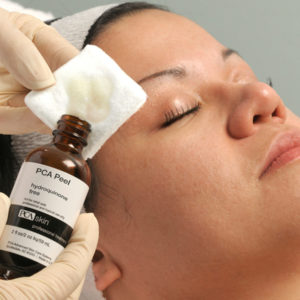
Chemoexfoliation, also known as chemical peeling, is a method of targeted cutaneous ablation using specific caustic agents that allow for rapid, predictable, and uniform thickness of chemoablation to a desired cutaneous depth, ultimately resulting in an improved appearance of skin. ( The Journal Of Clinical And Aesthetic Dermatology, Teo Soleymani, MD, Julien Lanoue, MD, and Zakia Rahman, MD, P1). Meaning, your esthetician will be using a cocktail of chemicals to denature (Destroy) your skin cells causing your skin to shed its top layers. Think of your peel as a controlled wound, resulting in “ the normal healing signal cascade, including stimulation, development, and deposition of new dermal collagen and elastin, reorganization of structural scaffold proteins and dermal connective tissue, and regeneration of new keratinocytes.” ( The Journal Of Clinical And Aesthetic Dermatology, P7)
The Benefits Of Chemical Peels: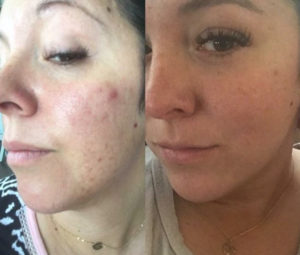
There are many benefits to receiving a chemical peel. Chemical peels reveal a brighter, smoother, and more refined complexion. People also see improved appearance in the overall look and feel of the skin in just one treatment. Other benefits of receiving a chemical peel include:
- Fine Line and Wrinkles
- Acne or Acne Scars
- Irregular Skin Pigmentation
- Rough skin, Dry Patches, Scaly Patches
- Scarring
- Sun-damaged Skin
- Dull Skin
- Tone and Texture
- Hydration
- Congestion
At Summit Spa & Float we like to call our chemical peels “progressive not aggressive.”Our modified and enhanced Jessner’s peels are sure to help you prevent acne and heal from acne scarring. For enhanced results we recommend a series of three peels followed by a micro-needling session a week after your third peel.
Types Of Chemical Peels:
Types of chemical peels include: Very superficial, Superficial, Medium and Deep. Very Superficial: Exfoliation of the stratum corneum.
Glycolic acid. GA is an alpha hydroxy acid (AHA) found naturally in sugar cane. Other AHAs include citric (from citrus fruit), malic (from apples), tartaric (from grapes), and lactic acid (from milk). It’s available in concentrations ranging from 20 to 70% and does require neutralization with an alkaline solution such as a 10% sodium bicarbonate solution or water.
Trichloroacetic acid. TCA is a self-limited peel that does not require neutralization, and which has proven to be a relatively safe and effective agent. The concentration of TCA is 10 to 25% and 30 to 40% for penetration to the papillary dermis.
https://www.reviewofophthalmology.com/article/chemical-peels-demystified
Complications
- Herpes simplex flareups
- Infections
- Contact dermatitis
- Hyperpigmentation (Darker fitzpatricks are more prone)
- Hypopigmentation (Darker fitzpatricks are prone)
High-Risk Groups
- Types III-VI skin
- Types I and II skin following intense sun exposure and tanning or use of photo-sensitizing agents
- Use of photosensitizing agents such as Non-steroidal anti-inflammatory drugs, oral contraceptives, etc.
- Early exposure to sunlight without adequate broad-spectrum sunscreens
- Estrogen containing medication, e.g., oral contraceptives and hormone replacement therapy

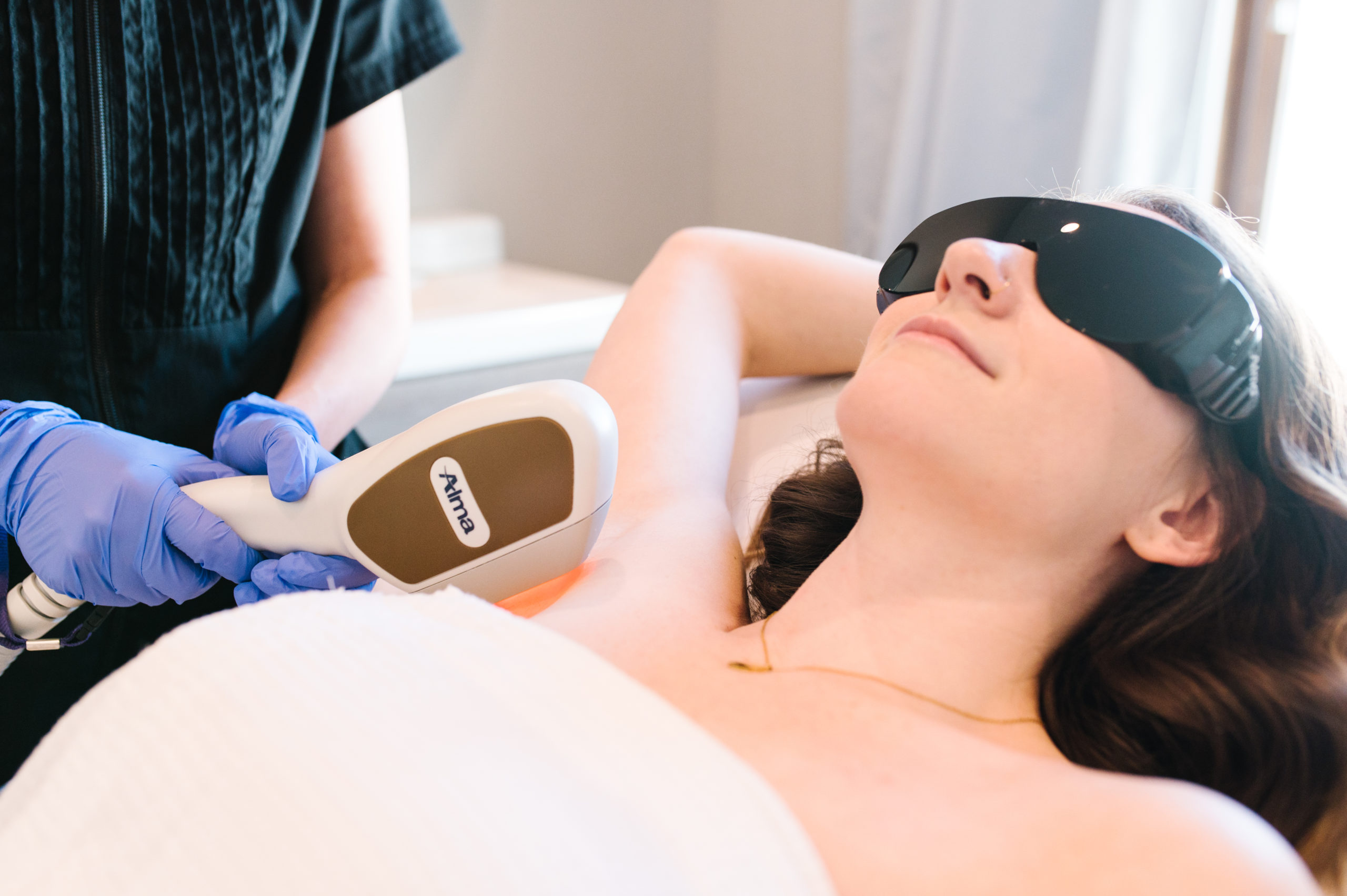 Laser Hair Removal
Laser Hair Removal Injectables & Fillers
Injectables & Fillers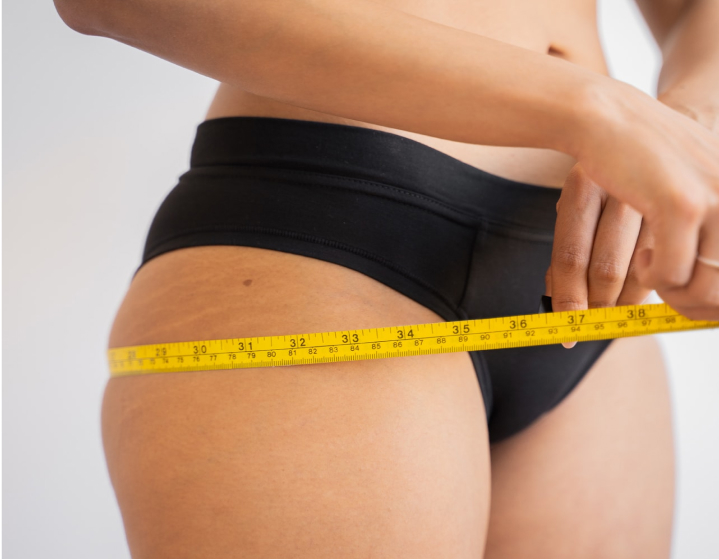 Weight Loss
Weight Loss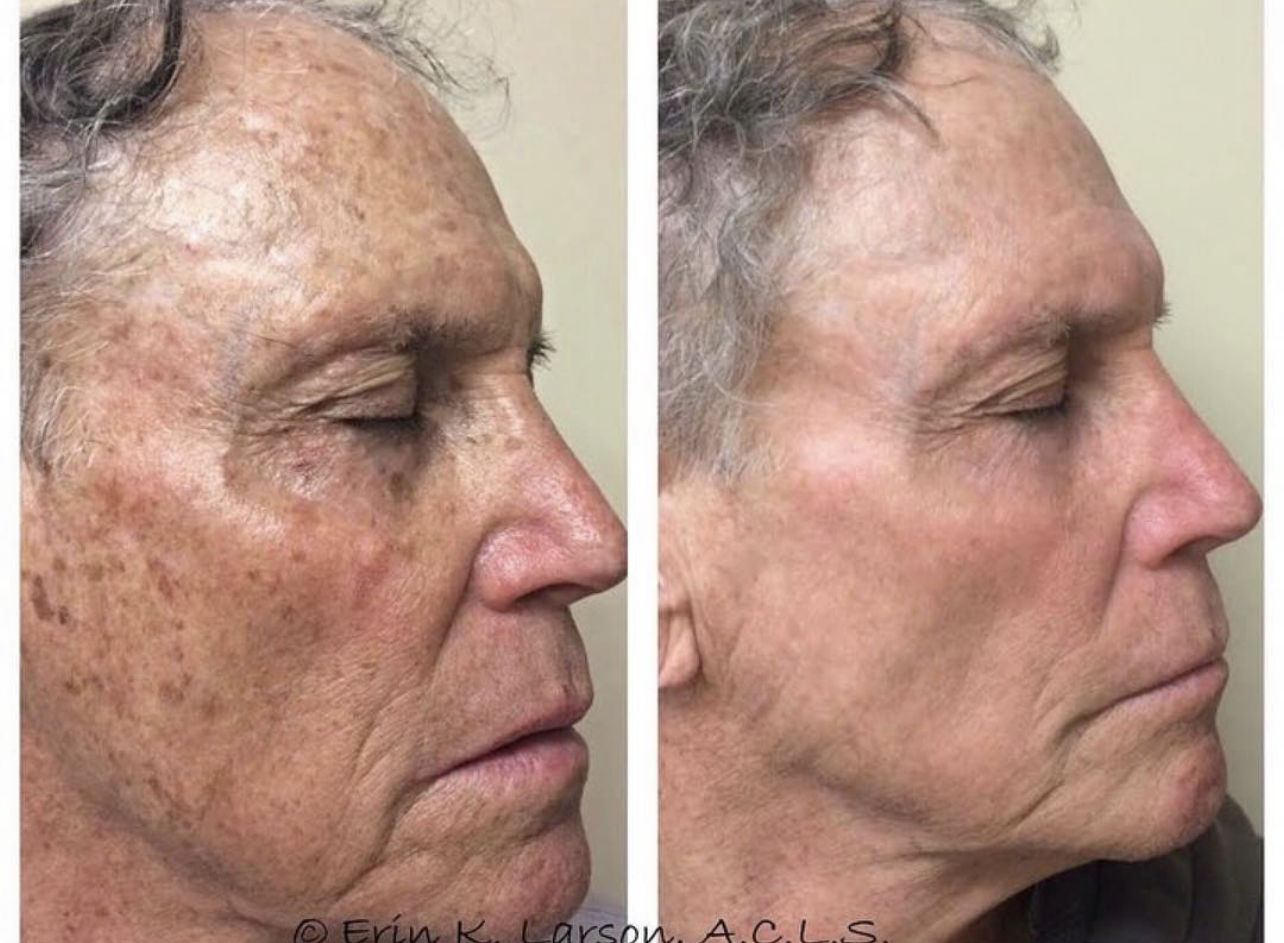 Clearlift Skin Rejuvenation
Clearlift Skin Rejuvenation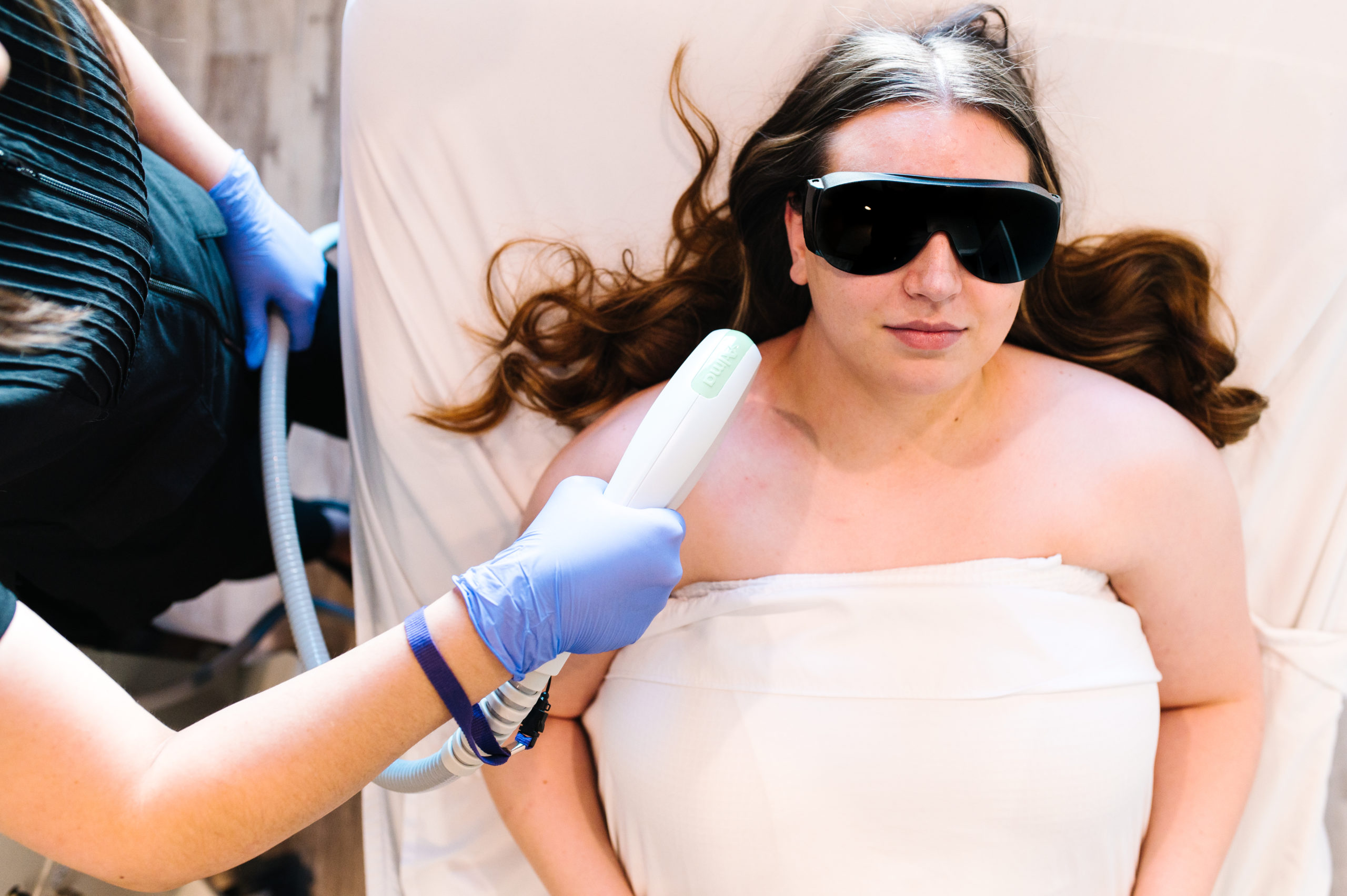 IPL | Photofacial
IPL | Photofacial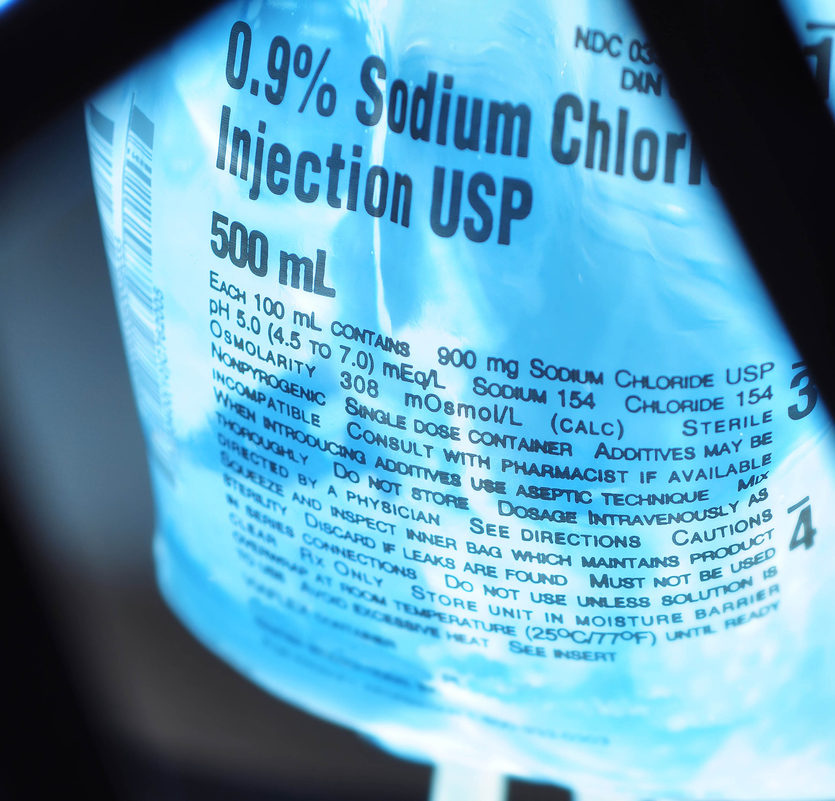 IV Therapy
IV Therapy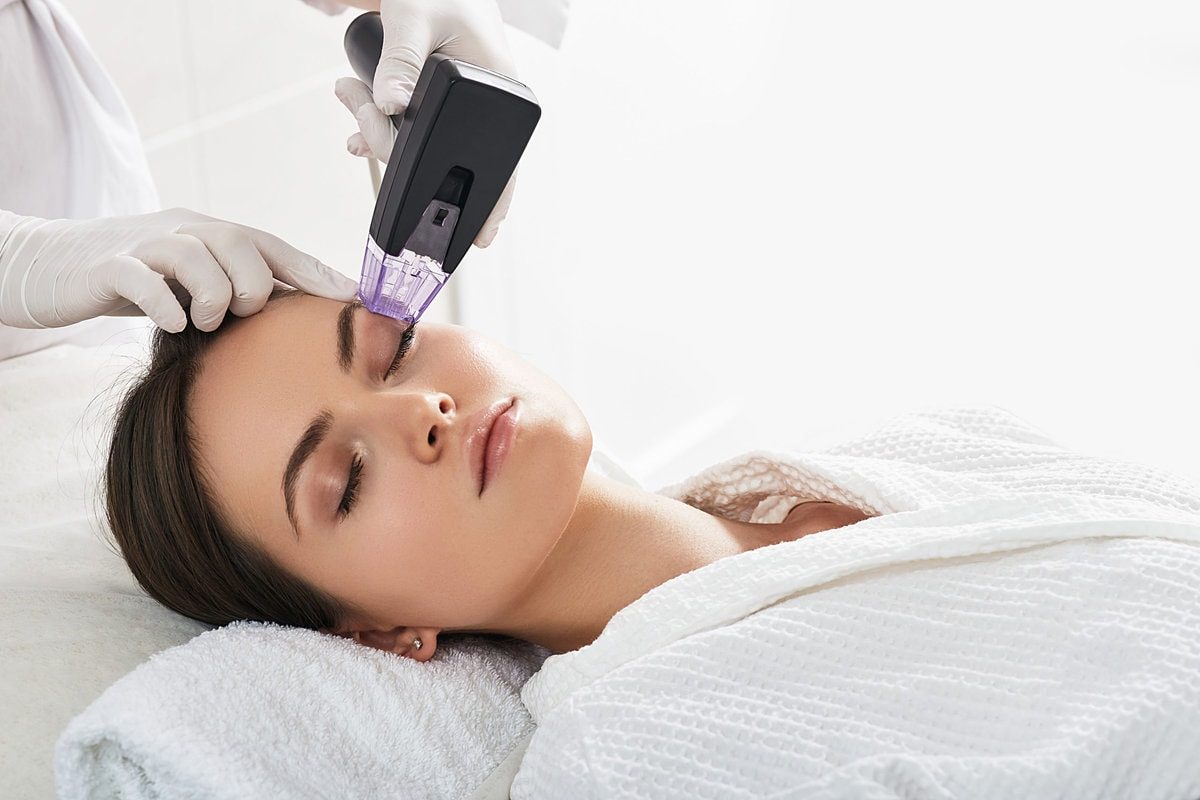
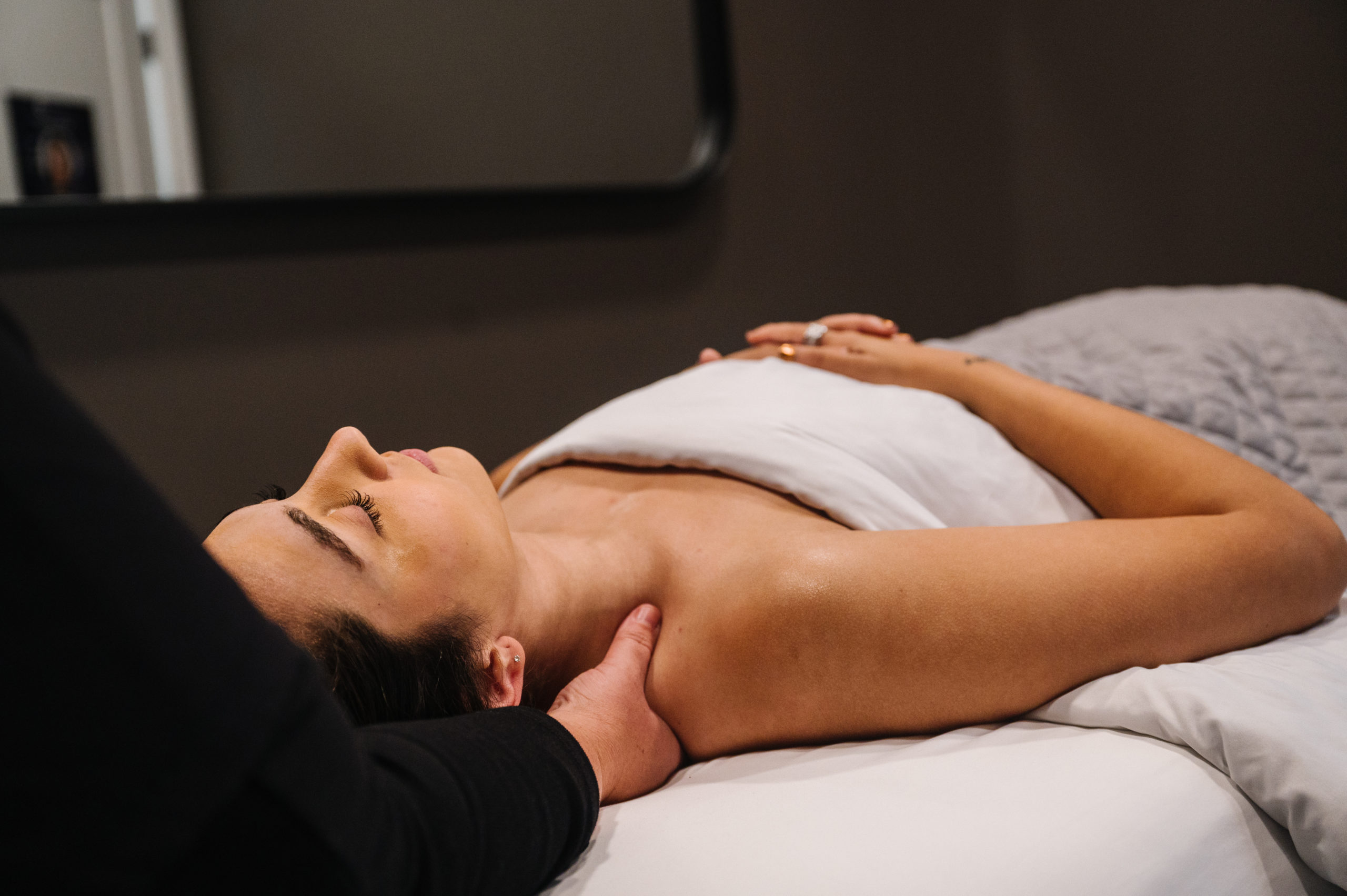 Signature Massage
Signature Massage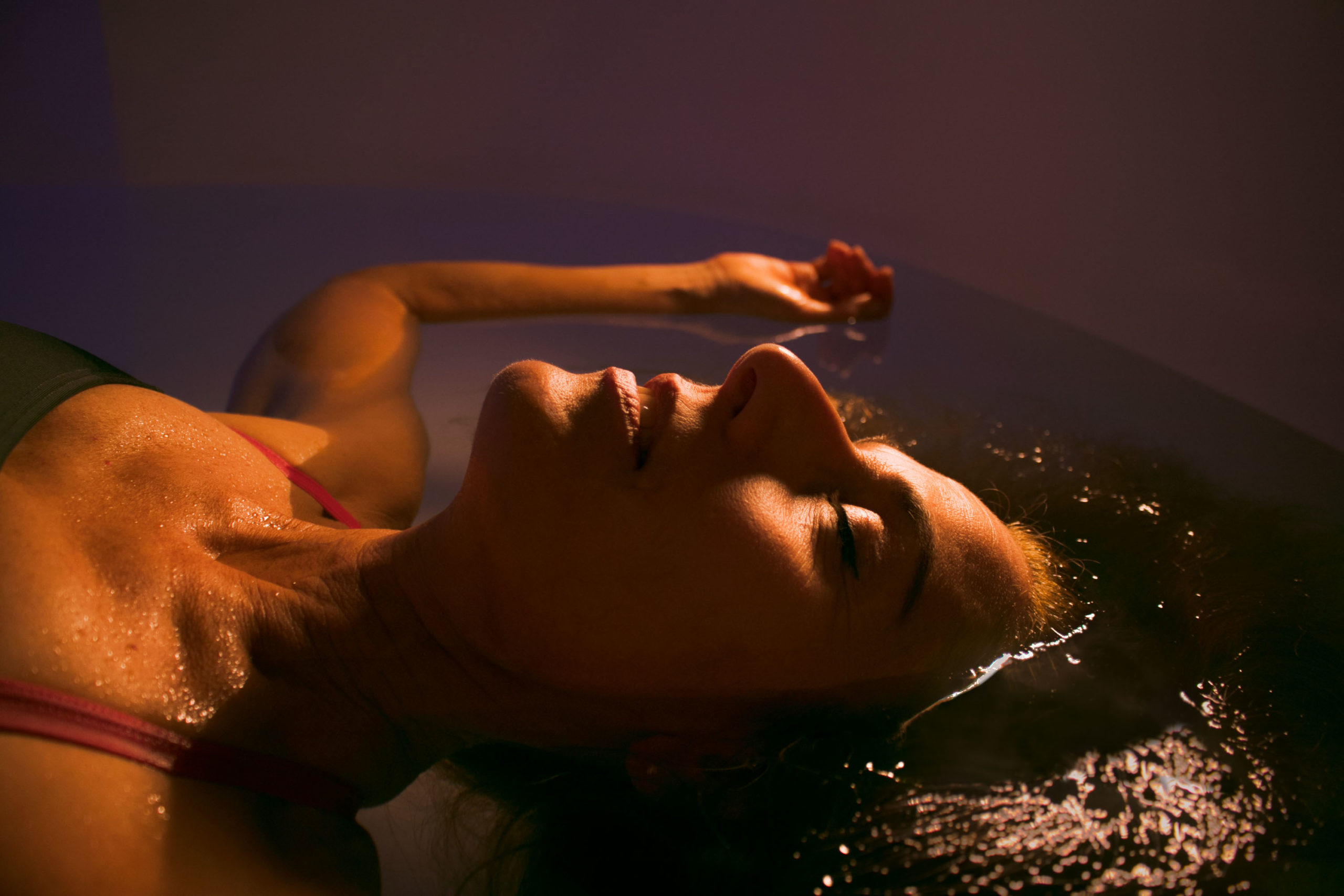 Float
Float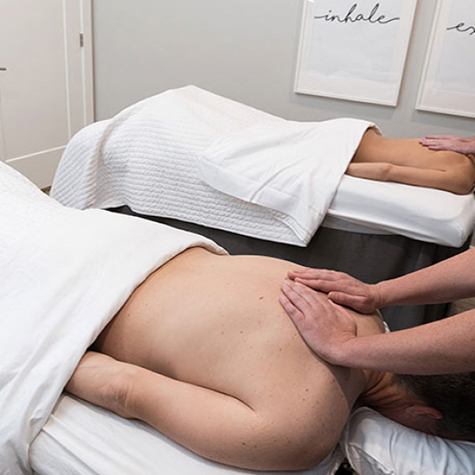 Couples Massage
Couples Massage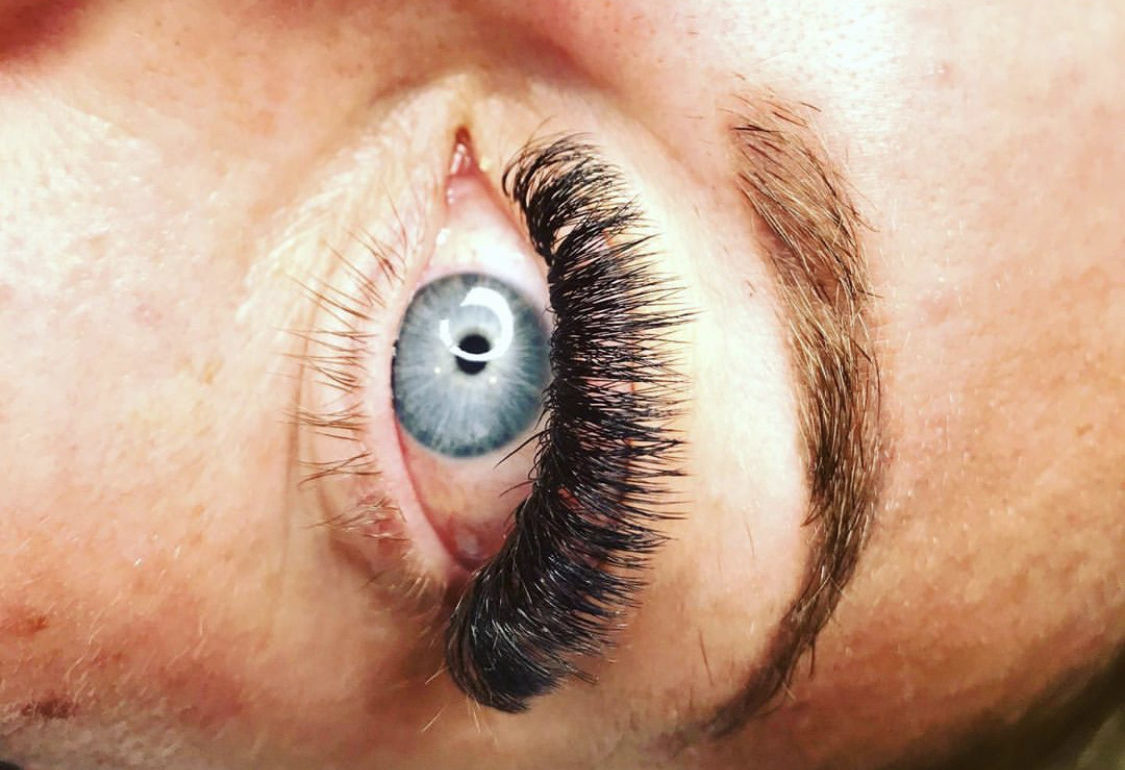 Aesthetics
Aesthetics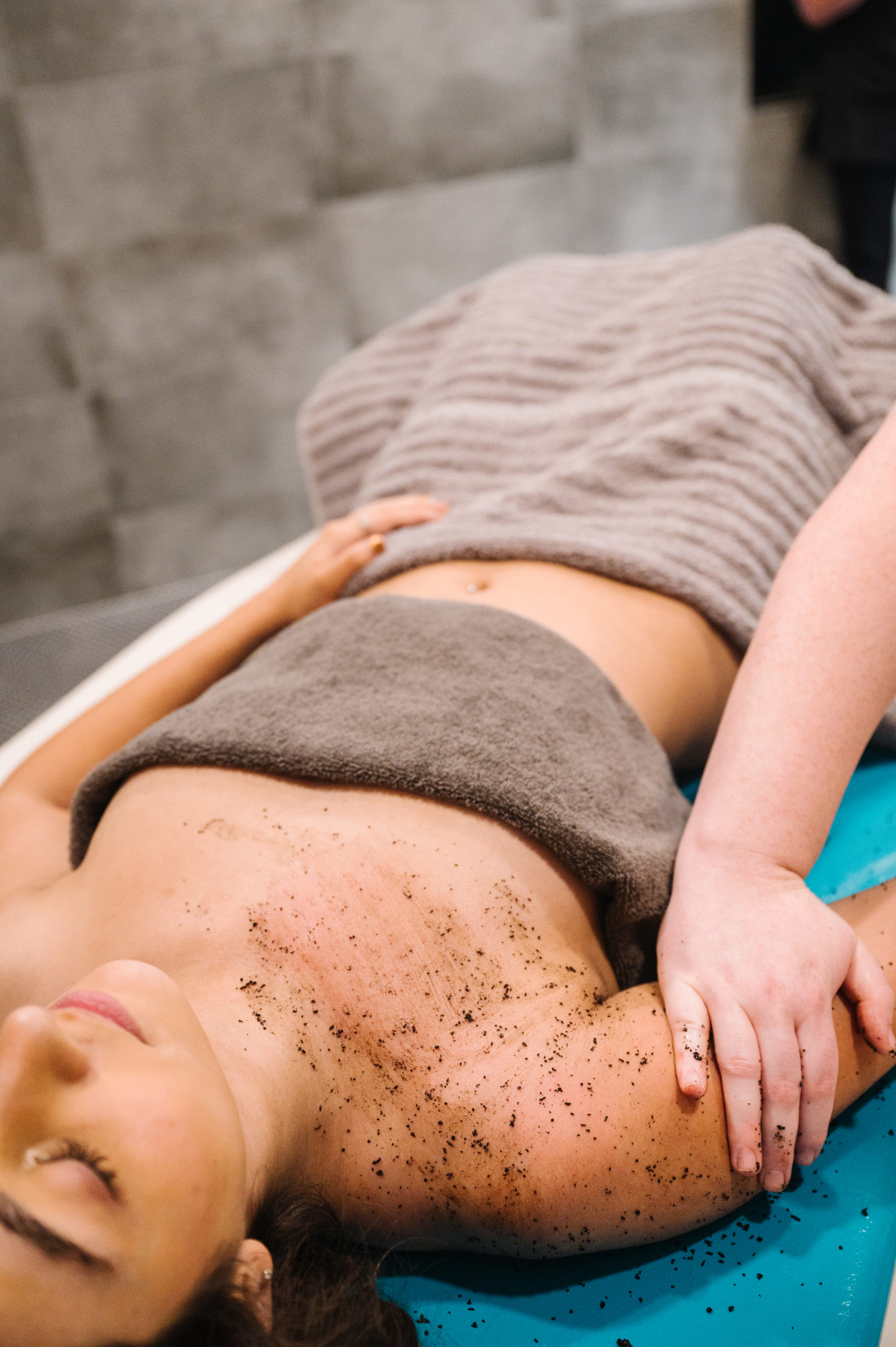 Body Treatments
Body Treatments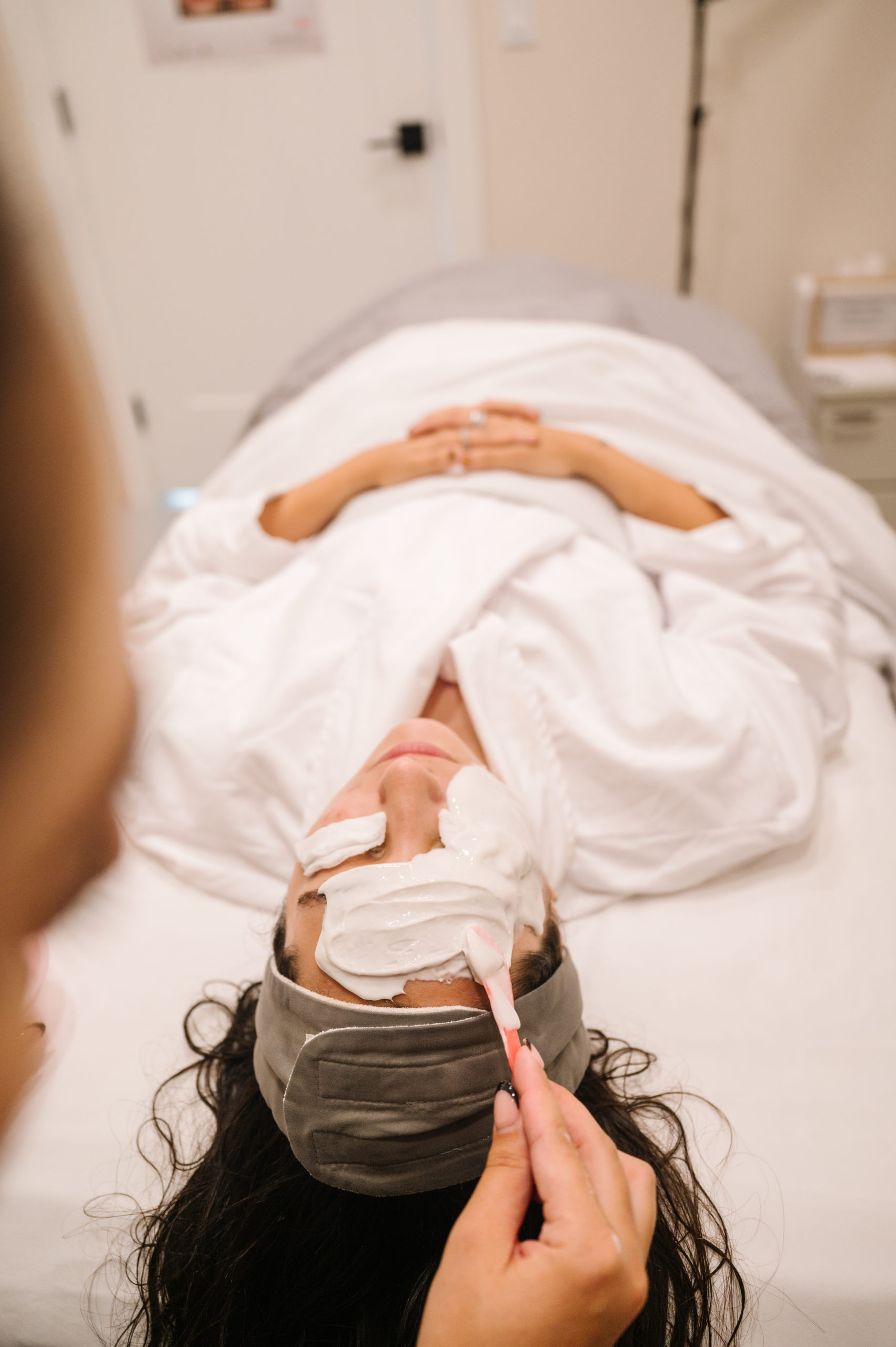 Facials
Facials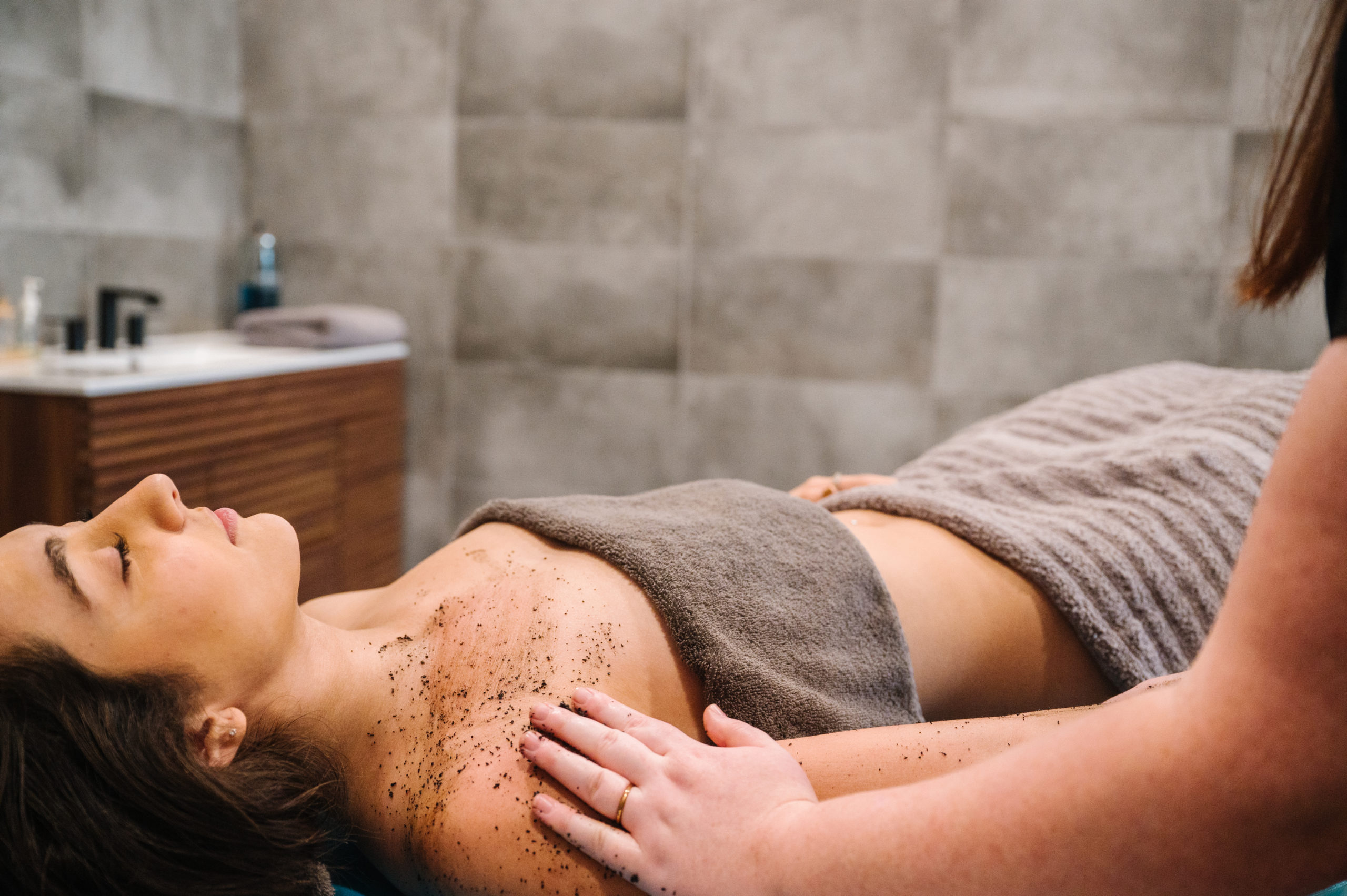



Why can’t people of high Fitzpatrick types do certain peels,
Great question Claire. Dark skin tones (Fitzpatrick types IV to VI) can be difficult to treat due to the increase risk of post-inflammatory hyperpigmentation or hypo pigmentation (PIH).